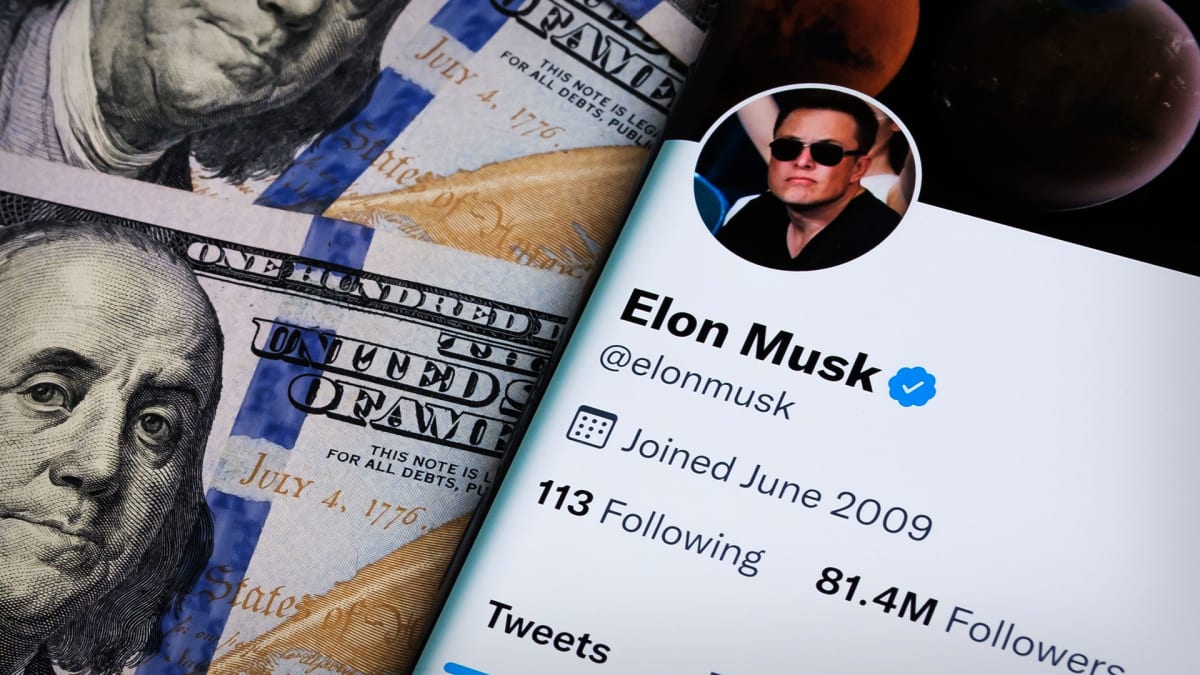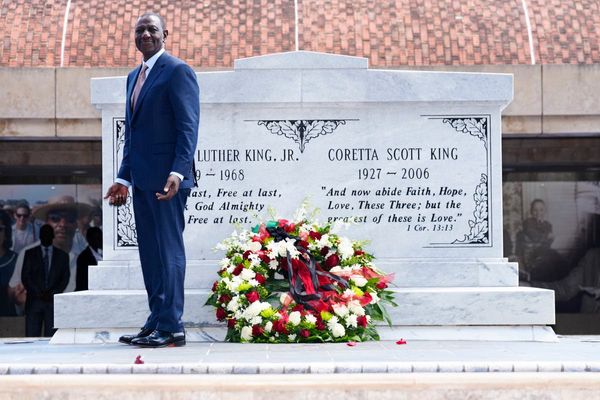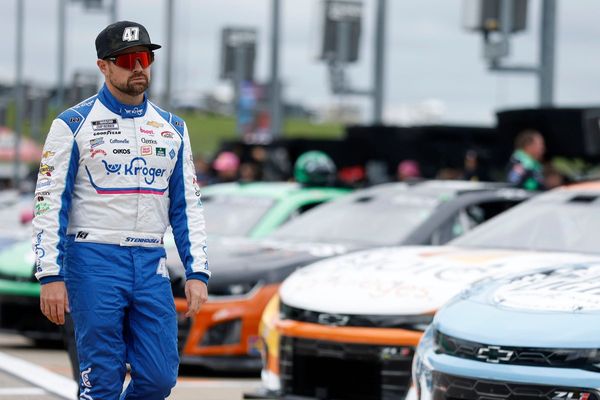
Twitter on Thursday began removing some of its prominent blue checkmarks, which had verified the accounts of politicians, CEOs, celebrities, athletes and the media and protected them from impersonators.
Several journalists including Mike Freeman, USA Today's sports race and inequality editor, reported his blue checkmark had been taken off his profile. "Verified check mark…gone," he tweeted.
DONT MISS: Elon Musk and Twitter Don't Keep Their Word on a Key Matter
Twitter had set today as the deadline by which it would begin removing its blue checkmarks, and it then delayed doing so.
Around 2:50 p.m. EDT Twitter users began reporting the loss of the once coveted checkmark.
Many celebrities had spoken out against this decision made by Elon Musk, the billionaire who purchased Twitter in October. The prominent names included basketball star LeBron James, actress Halle Berry and author Stephen King.
They had announced proudly that they would join other Twitter members in not having the checkmark.
Some of the celebrities who said they wouldn't pay still had the blue checkmarks next to their names as of 1:43 p.m. ET, including James. Media organizations such as CNN also still had them.
Berry's checkmark was removed. Her response was simply two laughing emojis.
She had tweeted on April 19: "Me joining you all tomorrow unverified."
Twitter had tweeted on April 19 that verified accounts would lose the blue checkmarks.
"Tomorrow, 4/20, we are removing legacy verified checkmarks. To remain verified on Twitter, individuals can sign up for Twitter Blue here: https://twitter.com/i/twitter_blue_sign_up… Organizations can sign up for Verified Organizations here:"
The removal of the checkmark appeared to affect many journalists whose organizations opposed paying for the checkmark. Loss of the mark meant that their accounts no longer were verified.
Ben Collins, a senior reporter at NBC News, tweeted, "I feel five pounds lighter."
Thor Benson, a freelance journalist who writes about politics, tech and science, tweeted that he was "Still verified in my sidebar lol."
Lora Kolodny, a CNBC tech reporter, tweeted about how Twitter made a change to her background photo in addition to getting rid of the checkmark.,
"lol my bluecheck disappeared but my background photo did too?"
Twitter did not comment on why the removal did not occur earlier on April 20. The company's media account does not respond to reporters, except by automatically replying to them with a poop emoji.
James, who plays for the National Basketball Association's Los Angeles Lakers, tweeted on March 31 that he would not pay for a blue checkmark.
"Welp guess my blue will be gone soon cause if you know me I ain’t paying the 5," he tweeted.
Twitter had initially said the removal would occur on April 1.
Twitter Seeks Profitability
Musk's latest strategy to bring Twitter to profitability has met a lot of resistance from users.
The blue verifying checkmark that had been granted free to businesses, CEOs, media, athletes and celebrities now costs $8 a month.
Faced with resistance from many users who indicate that they would rather lose the blue badge than pay, Musk made another controversial decision. The For You feature would contain messages only from verified accounts.
The For You section includes recommendations Twitter makes to users based on their activity, the people and organizations they follow and those that follow them.
It's also a means of wide exposure for certain influencers, who see their messages disseminated to the greatest number of potential followers when they are included in For You.
Musk said on March 27 that anyone not subscribing to obtain verification via the blue checkmark will fall from the For You section.
"Starting April 15th, only verified accounts will be eligible to be in For You recommendations," the billionaire announced on March 27.
Keeping up to date with tweets that people follow now or topics that are interesting to them could be more challenging since they would have to search for those accounts.
Checkmark Avoided Spread of Misinformation
The easily recognizable blue check had helped users determine quickly if a Twitter user had been verified, which is crucial to avoiding the spread of misinformation.
Don Moynihan, a policy professor at Georgetown University, said Musk is "always blaming the bots, but you are removing the main basis for verifying people's identity by imposing a tax on credibility."
Musk, who purchased Twitter last October for $44 billion and incurred $13 billion in debt when the deal closed, said he made this decision because of advances in artificial intelligence, which enable bots to successfully pass themselves off as humans.
To limit the proliferation of bots on the social network, Musk said he would give priority to verified accounts because Twitter has ensured that the people and groups behind those accounts are who and what they say they are.
"This is the only realistic way to address advanced AI bot swarms taking over. It is otherwise a hopeless losing battle," Musk said, adding that "voting in polls will require verification for same reason."
Twitter users who didn't pay for the service would not be allowed to vote in polls either.
Twitter Blue Failed Last November
When Musk launched the idea back in November, thousands of imposter accounts popped up overnight, causing chaos and major problems, especially for public companies.
Musk reversed the idea quickly and suspended signups on Nov. 11, just two days after the launch of the new version of Blue.
Tesla's TSLA fake account, for example, posted jokes about the vehicle maker's safety record. A fake Eli Lilly LLY account posted that insulin was now free. The pharmaceutical giant had to apologize.
Another fake account, ostensibly tied to defense group Lockheed Martin LMT, sent a message saying: "We will begin halting all weapons sales to Saudi Arabia, Israel, and the United States, until further investigation into their record of human rights abuses."
Withal, advertisers fled Twitter in droves, fed up with the problems that were multiplying after Musk acquired the social media company.
Musk, who had never run a social media company before the acquisition, removed the safeguards limiting the spread of misinformation, racism and antisemitism as well as hateful content on Twitter.
He decided to allow former President Donald Trump back on the platform (although the 45th president chose to use Truth Social, operated by his Trump Media & Technology Group).
Digital World Acquisition DWAC, a blank check company, has been attempting to merge with Trump's fledgling media group.







